Migratory shorebirds are considered our most endangered group of birds. Described as ‘brown birds in a brown landscape’, they are notoriously difficult to identify and are adept at remaining hidden in their threatened habitats; those mud flats and in-between tidal zones that are often not seen as distinct environments. It is this invisibility that has resulted in a very apparent absence of shorebirds from discussions of how to protect both aquatic and terrestrial landscapes. And, as many conservationists are well-aware of, if species are not made visible in the conversation, then their protection will likely not be addressed.
Artist Kate Gorringe-Smith’s most recent project, The Overwintering Project: Mapping Sanctuary, is a national undertaking. It relies on connection, both to people and to place, as well as to the shorebirds themselves. The national focus of this project makes it an opportunity for artists from all over Australia to contribute works to exhibitions in different states in order to help make shorebirds visible. The Overwintering Project will involve core exhibitions that display the entire Overwintering Print Portfolio to date, as well as independent exhibitions taking place at various venues around the country to engage local communities with the project. The potential connections that will result from, and are already resulting from this initiative are immense – between artists and communities; people and places; humans and shorebirds.
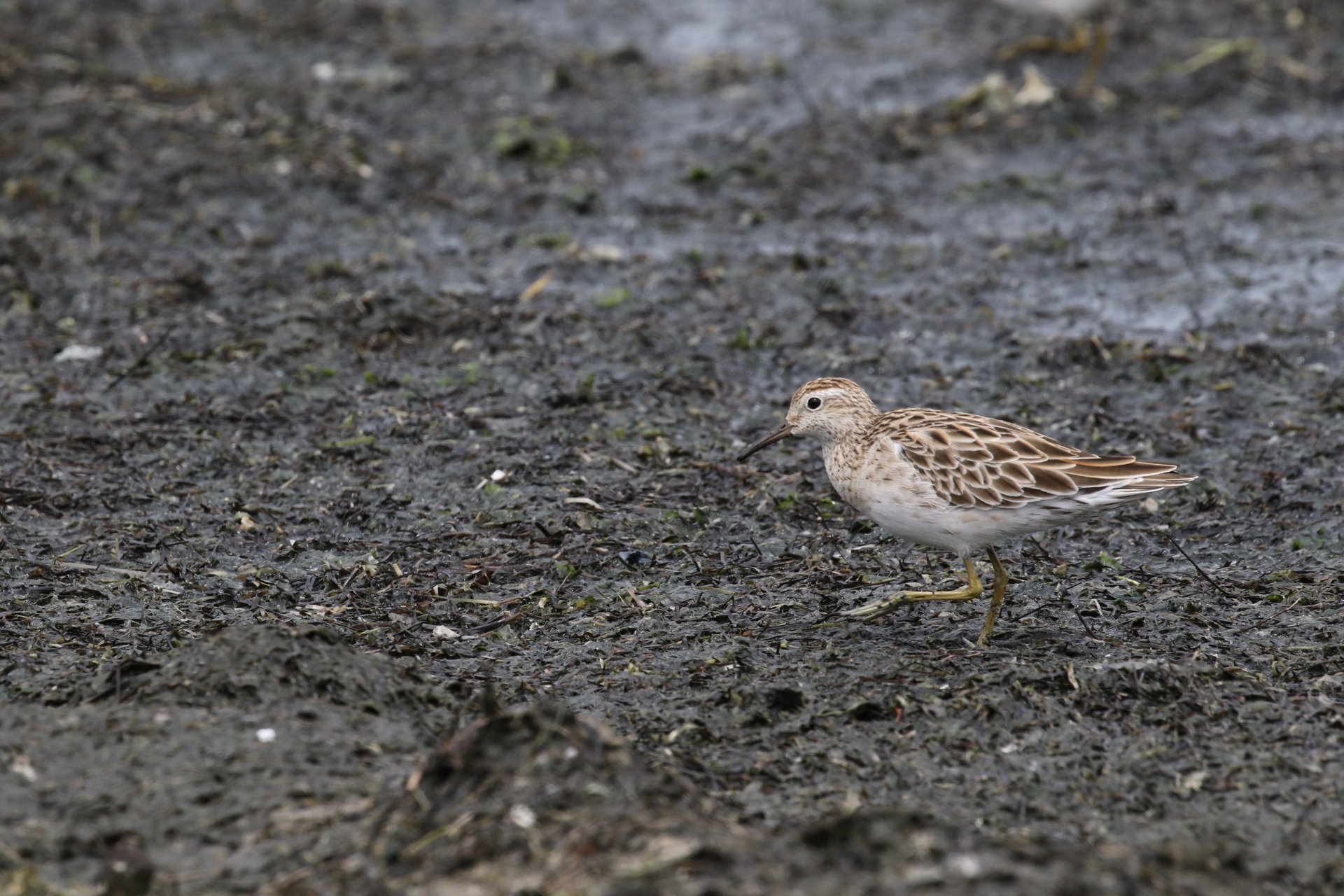
In a similar way, shorebird conservation is reliant on connections. The East Asian-Australasian Flyway is the name given to the incredible circuit that migratory shorebirds fly every year. Spanning 23 countries, it is vital that the people living along the Flyway assist in protecting the habitats that these shorebirds utilise on their journey from Australia to their breeding grounds in Siberia and Alaska.
So, who are the contributing artists that will make this project so unique? And what value do they see in making shorebirds visible?
Sarah Mitchell is an artist based in Queensland, who describes her work as often pushing the boundaries of printmaking techniques. Prior to her involvement in The Overwintering Project, her art has mainly focused on the human condition, with an increasing emphasis on environmental problems more recently. She hopes that her portrayal of what she calls ‘these jaunty shorebirds, pecking for food in the shallows, will inspire empathy in the viewer’s eye.’ Sarah’s work definitely conveys this, her striking print demonstrating a strong sense of the interconnectedness that exists amongst the shorebirds and the other creatures that live alongside them.
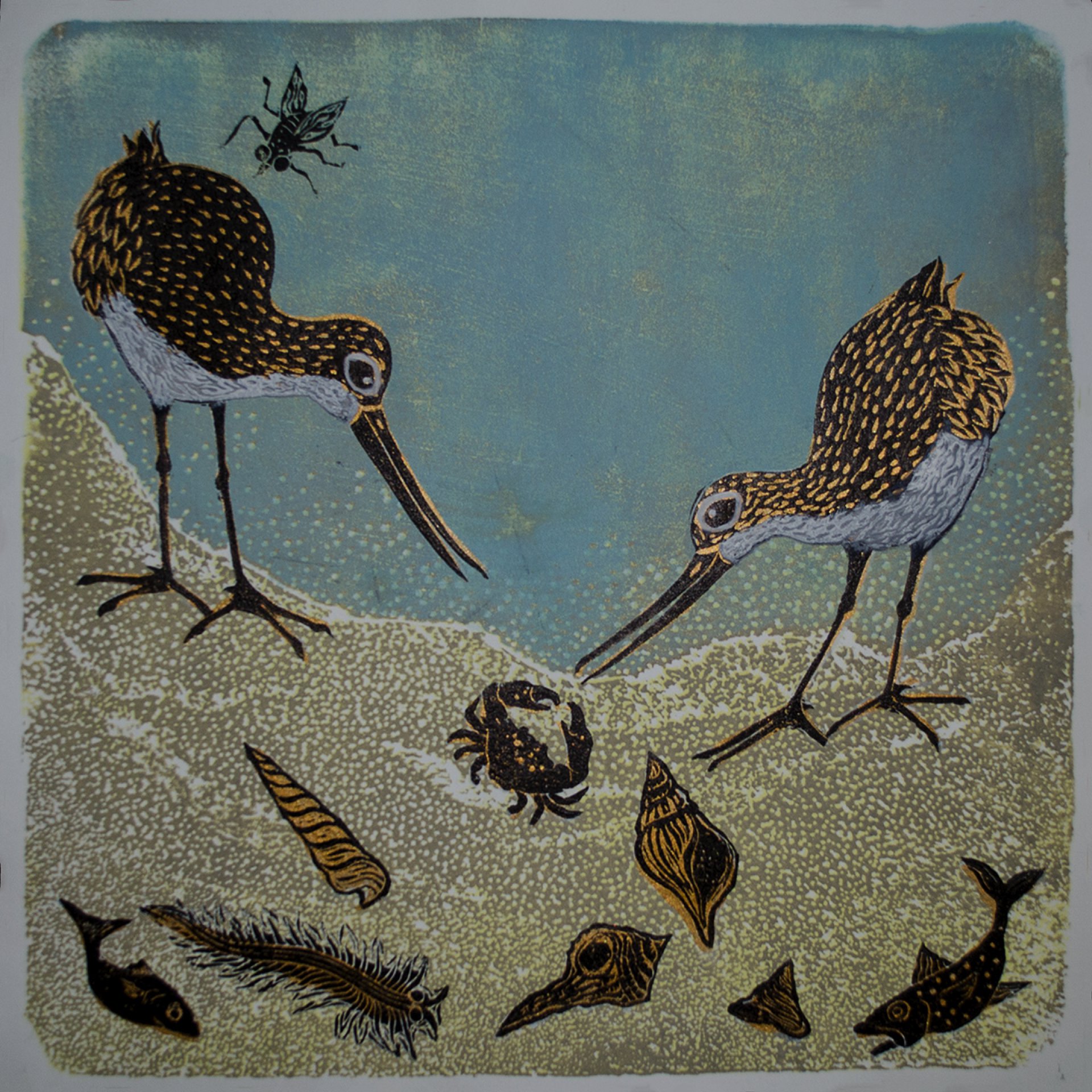
For New South Wales artist Monica Oppen, there is instead a focus on the prevalence of technology. A printmaker and bookbinder, Monica has created an artwork that show the birds as ‘…very small within the environment.’ She has included ‘…a plane flying overhead because the location, Bonna Point, is in Kurnell and under the flight path for Sydney Kingsford-Smith airport.’ That’s the thing about this very national project – every piece of art has its own local story, each of which forms a complex tapestry that also tells the Australian and, indeed, international story of shorebird migration. Monica’s work also displays ‘…digital coding running through the print to highlight the fact that so much of our experience of the world is now through digital portals.’
‘We live in a society that is very wrapped up in and “wowed” by its own technology and the new devices that are constantly being pushed at us. Yet behind all this gadgetry is still the fundamental dependence on the natural world for basic survival; fresh air, food, fresh water. The whole environmental system from migrating birds to bacteria in the soil must function for us to function.’
For many of us, migratory shorebirds are just that: migratory. The name we give them implies that they are constantly moving, without a home, lacking permanence. But in reality, they are often close by. Monica is particularly interested in showing the viewer that ‘these birds are really living … close to our urban cacophony.’
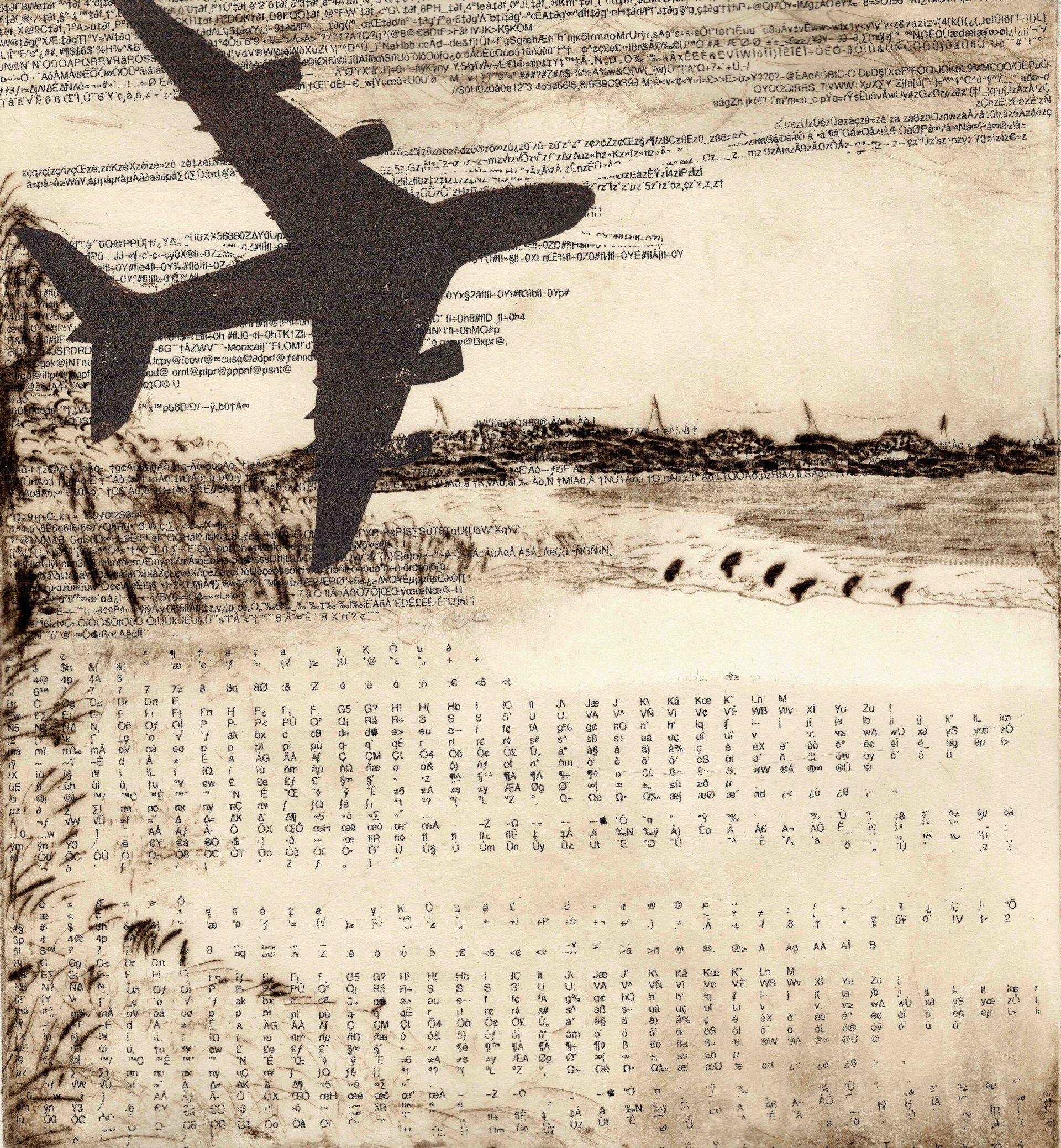
She also highlights one of the reasons conservationists are currently finding it difficult to protect the shorebirds’ habitats: their homes in Australia are ‘generally… not very attractive.’ The mud flats and exposed, rocky tidal zones pose a challenge for those of us wanting to protect these important ecosystems. They are seemingly unused, liminal landscapes with little classic aesthetic appeal, and yet they are vital to the survival of so many shorebird species.
Similarly, Victorian artist Alexis Beckett describes how ‘the places near me where shorebirds overwinter seem to be “left-over” spaces; they are industrial places of the past such as salt works or the present such as sewage farms. Either way, humans don’t want to live there so the birds have a chance.’
For many of the artists, these spaces form a part of the experience needed to create their artworks. South Australian artist Mary Pulford is a printmaker and painter who creates artists’ books, and first became aware of the project when the project founder, Kate, visited Adelaide to run the Shorebirds and Stencils workshop. Mary explains how ‘part of this was a site tour to the Onkaparinga Estuary’, located south of Adelaide and an important site for migratory shorebirds in South Australia.
Mary also lives close by to the estuary and describes how she has ‘spent the last few months walking through this area… observing the vegetation, tidal changes, birds – both shorebirds and others – and the river inhabitants – many species of fish’; an experience that has no doubt influenced her artwork. Mary is also working on a South Australian version of The Overwintering Project, titled The Overwintering Project: Six Degrees, which she is currently inviting other artists to contribute to.
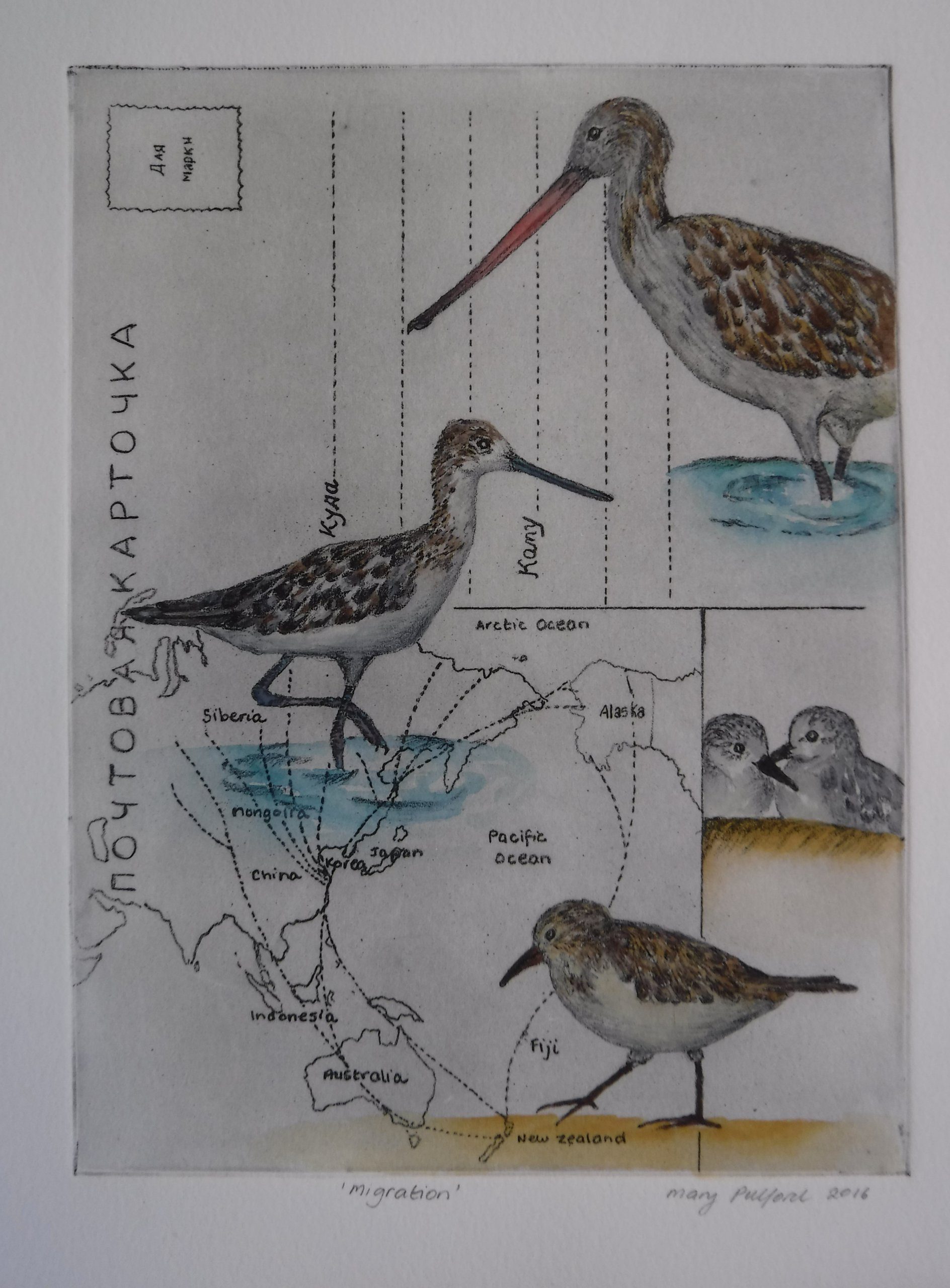
So what makes The Overwintering Project so special for participating artists? Well, part of it seems to be these entrenched ideas of community and interconnectedness. Sarah has a ‘…sense that we are a flock, working together with an important project and goal’, and that Kate’s limitless enthusiasm for what is turning out to be a unique and inspiring project will make the exhibitions worth seeing.
For Alexis, the project is ‘an opportunity to publicise the mystery and beauty of shorebirds in the hope that humans are able to dedicate some land to ensure their survival.’ Through printing, drawing, collage and embroidery, Alexis uses a variety of materials that ‘…reference loss and absence in the natural world.’ For The Overwintering Project, she has ‘made work about ocean food chains – tiny drawings of plankton on bowls made of plant leaves.’ She explains that ‘the plankton are both food for fish and then us, as well as food for benthic fauna, which is then food for shorebirds.’
Alexis has also created a collection of mementos in the form of small, embroidered bird heads. She describes how ‘these reference the first published European illustrations of Australian birds – tiny, life-size heads painted by Elizabeth Gould in the 1840s.’
‘I hope my artwork combines with all the other artists’ works to make this exhibition a rich visual experience that evokes an emotional response in the viewers. Hopefully this will translate into an increased awareness of the plight of these birds and some positive action on their behalf.’

The artists themselves are naturally forming bonds with the subjects of their work. When I asked Sarah whether there was a favourite shorebird that she’d encountered through her art, she tells me that ‘…the Terek Sandpiper with its upward curving beak which suggests a smile, and its taste for flies is a favourite.’ Despite the unique nature of so many of these birds, Sarah warns that it can be ‘their brown subtlety’ that often means they are overlooked. Mary says that she ‘rather like[s] the Sharp-tailed Sandpipers – I am continually amazed by the achievements [of] such a small bird.’
As The Overwintering Project develops more and more every day, it is evolving into something that all participants will be able to learn and grow from. Whether an artist, an art lover, a birder, or someone who just loves a good story – and trust me, shorebirds provide plenty of them – the act of making shorebirds visible is more relevant to all of us now than ever before. Nature is increasingly on the periphery, and migratory shorebirds especially are suffering from a lack of visibility. Mary suggests that, for those who want to be involved in the project or who plan to attend one or more of the exhibitions, it is a unique opportunity to ‘take the time to have a look for these “invisible” birds, and admire them; have a look at your local environment and learn more about it, and the creatures that live in it.’
If the artists succeed in making the invisible visible, then The Overwintering Project will represent a model initiative for conservation; a model that utilises the power of art to tell the story of some of Australia’s animals that, for now, are being pushed more and more into our periphery. Hopefully, such an endeavour will achieve this, and more.
Please note that this is an ongoing project and that those who are interested in becoming involved or in hosting their own Overwintering Project events can contact Kate Gorringe-Smith at [email protected].
Details of The Overwintering Project‘s first two core exhibitions are as follows:
Moonah Arts Centre
23-27 Albert Road, Moonah, Tasmania
Oct. 18 – Nov. 10 2018
Opening: Friday 26 October 2018
Wyndham Art Gallery
177 Watton Street, Werribee
Nov. 8 – Dec. 31 2018
Opening: November 7 2018
For information on the independent exhibitions, please visit The Overwintering Project website.
Banner image of Curlew Sandpipers courtesy of Rowan Mott.

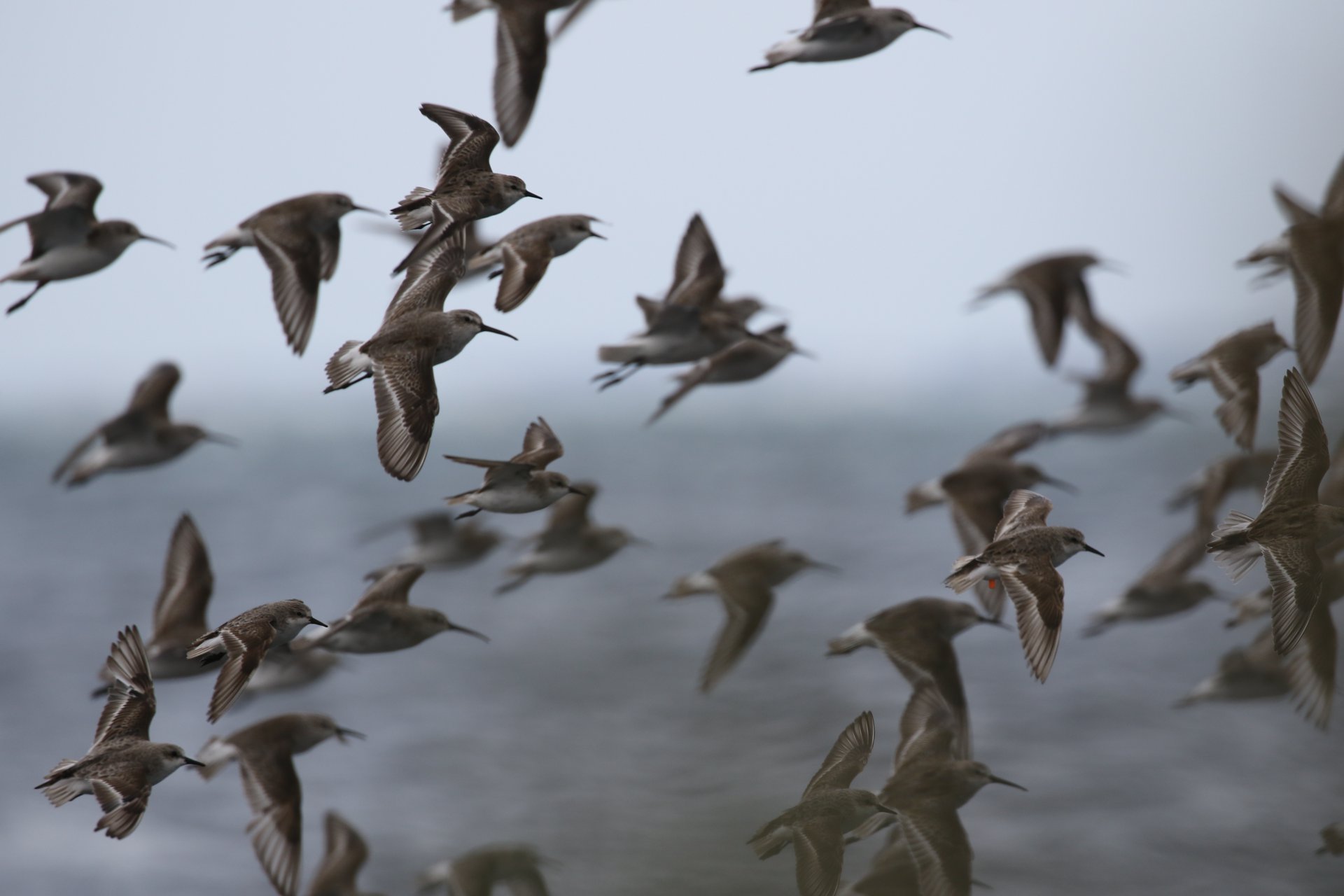
Leave a Reply